I photographed plenty of plants during the summer of 2008.
Most of them were photographed early in the morning. In today's post, I collected all those old portraits of plants that I never used here on Hive before. Have a good viewing.

In some cases, I'll be able to tell you the name of the species.

In this and in the previous photograph you are looking at Verbena officinalis, a species used for medicinal purposes since classical antiquity, while in the following shot ...

... you can see the seed pods and the dry remains of a plant that I wasn't able to identify.

This is Silene latifolia. The most prominent plant part in the shot is the flower that still hasn't spread its petals. In the following triptych ...
... you can see the dry, empty seed pods of the same kind of plant.

This beautiful leaf belongs to Rumex acetosa. The leaves of this plant are normally uniformly green but sometimes when the plant is stressed out by the climate and the environment, some leaves turn partially or completely red. To get this photograph, I picked the leaf and held it in front of the camera.

Originally, the colorful leaf was mixed with other vegetation on the coastal meadow.

Here you can see a completely red leaf of Limonium narbonense. The leaf became red due to the same or similar environmental factors that changed the Rumex acetosa leaf shown in the previous two photographs. Limonium narbonense is a plant that grows in coastal environments, very close to the sea. On the edge or just above the intertidal zone.

This is Achillea millefolium. Just like Verbena officinalis shown at the beginning of the post, Achillea millefolium is a plant with some great beneficial properties.
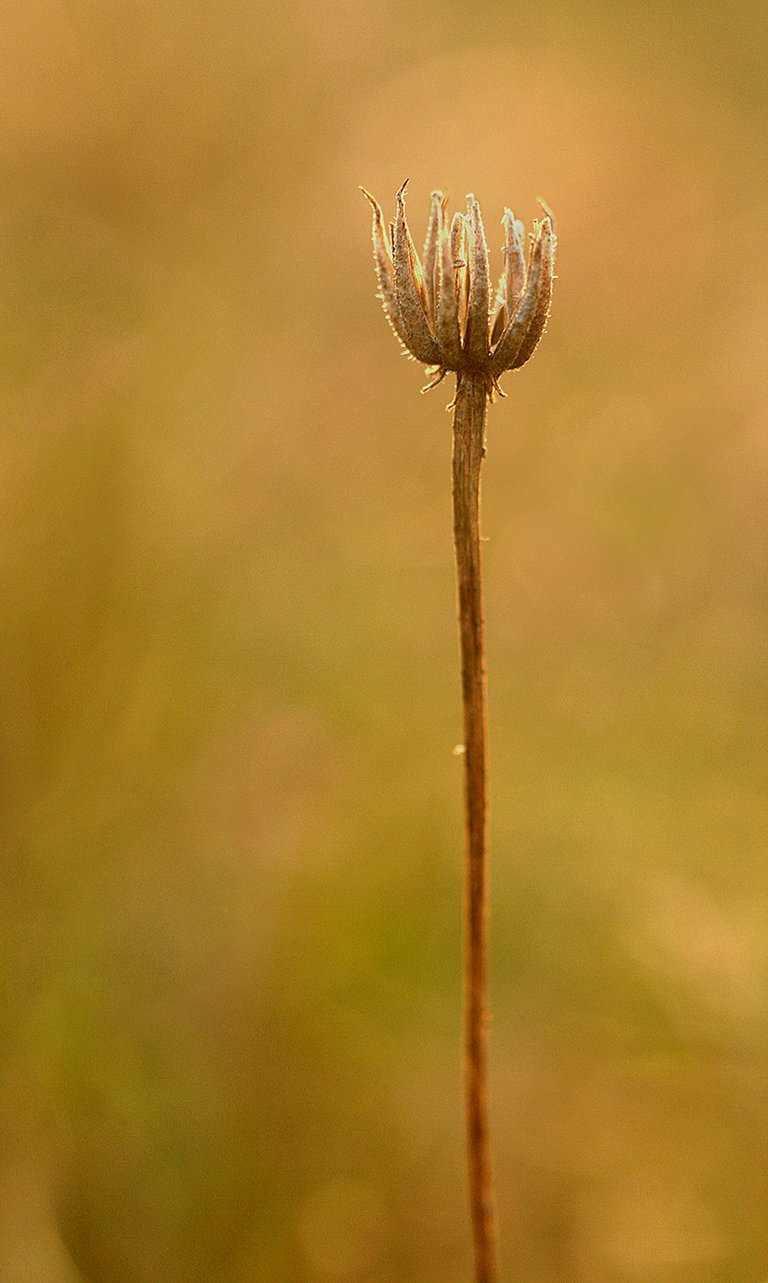
There's nothing I can tell you about the dry plant shown in this photograph. It's pretty hard to identify the species with no flowers, fruits, or leaves.
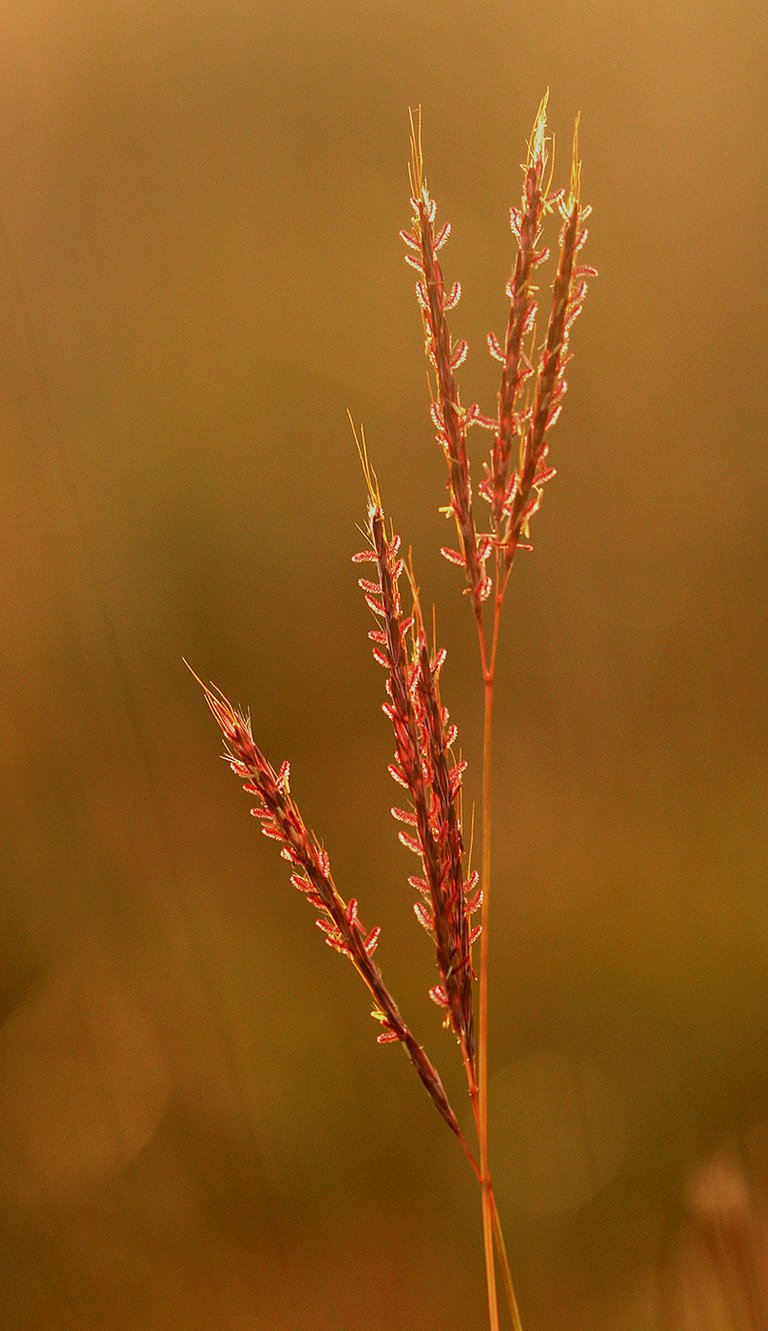
Here you can see a portrait of one of the grasses that grow on the meadows near the sea. The name of the species is Dichanthium ischaemum.

This weird thing, that looks a bit like some kind of long-necked animal that's observing its surroundings ...

... belongs to Ecballium elaterium, a plant that's commonly known as the squirting cucumber.

This is Mentha pulegium, a species of mint.
In this set of four photographs, you can see two species of grass. The left half of the picture belongs to Dactylis glomerata while the right half shows two portraits of Setaria viridis.

Here you can see the dry version of the Achillea millefolium plant introduced earlier in the post.

Erigeron bonariensis shown in this photograph has produced many buds and seeds.

Here you can see the flowers of the Rubus ulmifolius blackberry.

Here you can see the dry remains of some kind of wild garlic. Can't tell you the name of the species because quite a few of those present in the area look more or less the same at this stage. In the following shot ...
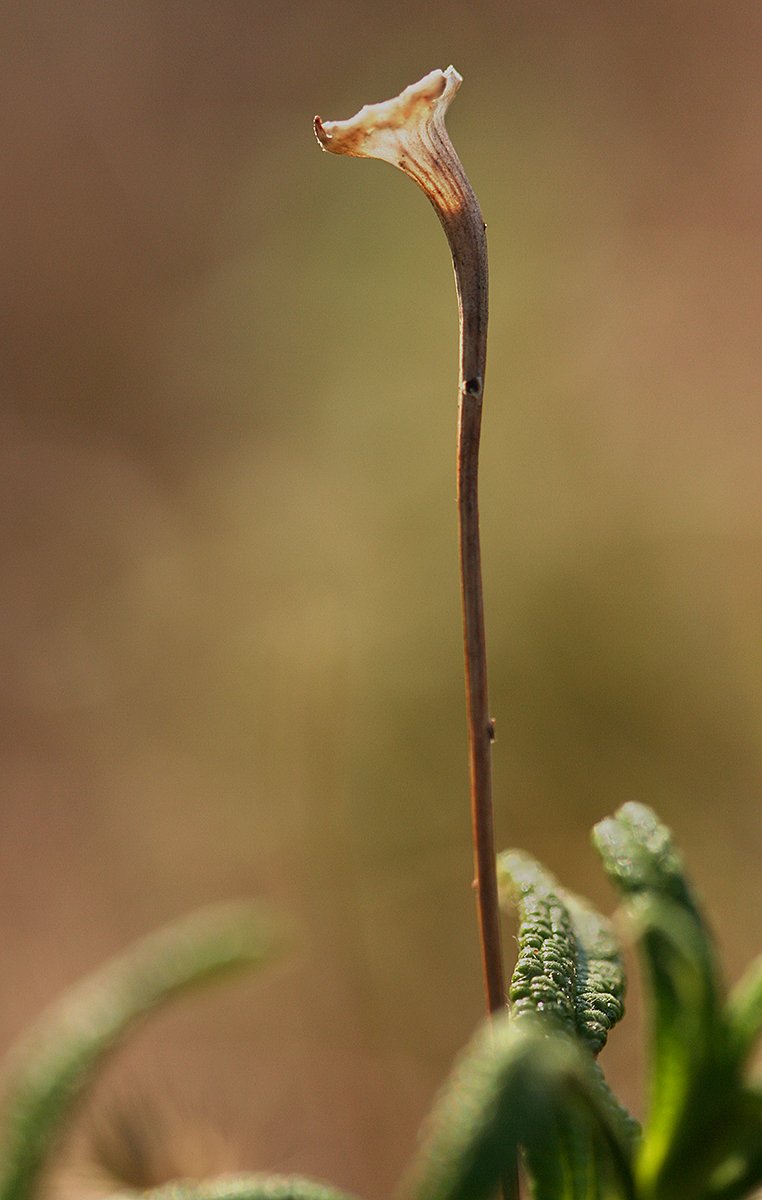
... the elegant dry remains of some plant that I wasn't able to identify.

This is another species I know nothing about. The detail, shown in the following photograph ...

... belongs to the same plant.

Here you can see two flower buds of the Picris hieracioides plant. In the following photograph ...
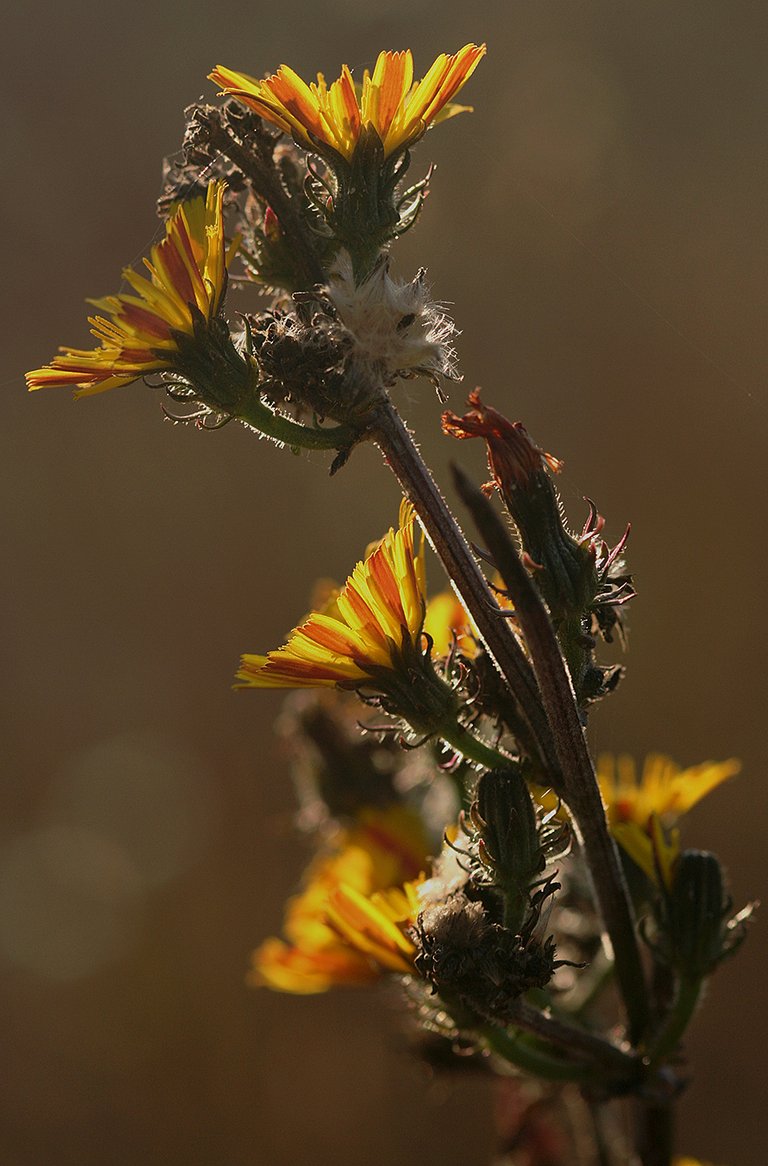
... the flowers are open.
This is another species of grass. I'm not sure which one exactly. It could be the Aeluropus littoralis. Maybe. All the plants you saw till now were photographed in the coastal environments five to ten kilometers from my hometown.

Here you can see a Hyssopus officinalis portrait. This and the following five plants were photographed in the mountainous region called Chicharia about a hundred kilometers north from where I live.

These are the leaves of the Robinia pseudoacacia tree.

The leaves looked good so I took more than one photograph.
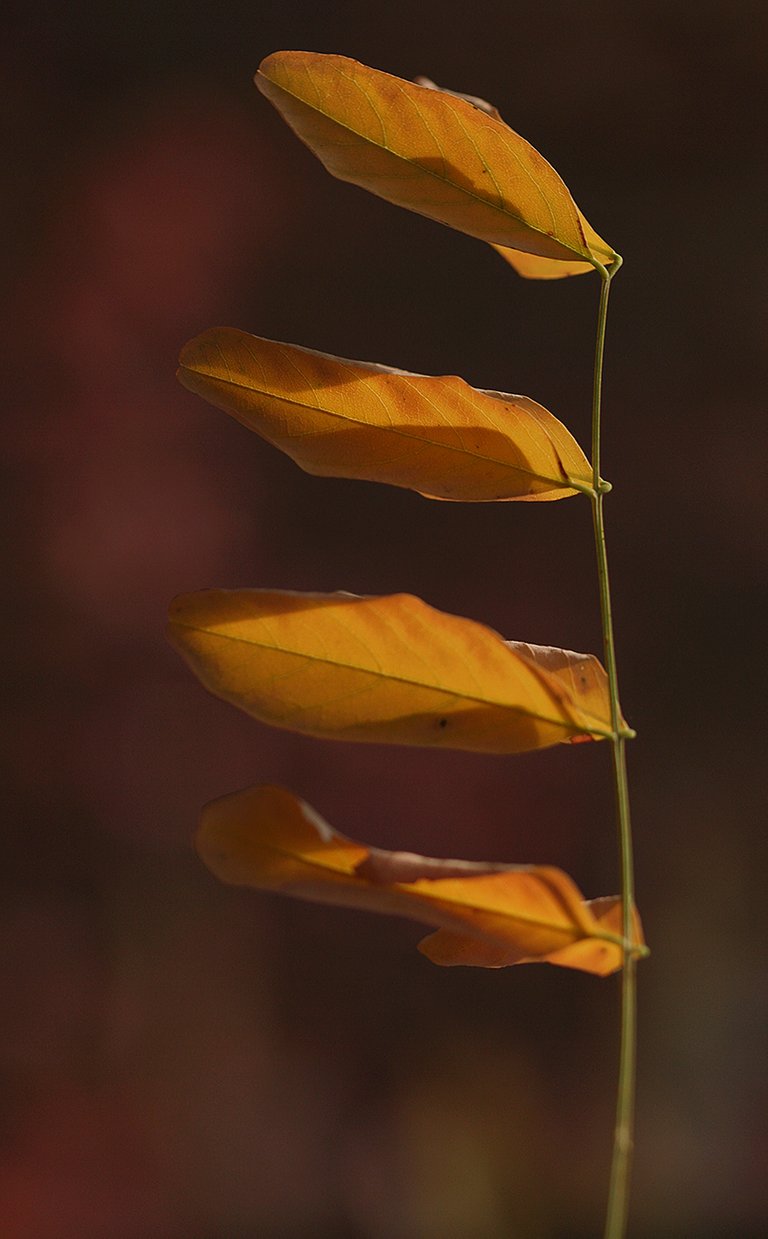
This is the third and last photograph dedicated to Robinia pseudoacacia.
This is Galium setaceum.

Here you can see a leaf that has ended up in a small pond after falling from the Acer campestre tree. In the following photograph ...

... you can see a detail from the small Prunus brigantina tree.
In this photograph, you can take a good look at yet another dry plant that I couldn't identify.

With this photograph, I'm continuing to explore the coastal vegetation. You can see the Sonchus oleraceus flower in this shot.

This is Dittrichia viscosa, a plant that appeared in many of my older posts. In some of those posts, Dittrichia viscosa was even the main protagonist.
In this tryptich, you can see three portraits of the wild carrot (Daucus carota).

Here you can see some broomrape (Orobanchaceae family). Can't tell you what species exactly is this.

This leaf belongs to Chenopodium album. The leaves are normally green, this one is an exception.

Here you can see a natural dry plant arrangement made of Dactylis glomerata grass and Convolvulus arvensis bindweed.

In this photograph, you can see a dry detail from the dry Carthamus lanatus plant.

This is Cistus monspeliensis.

Here you can see the needles of the Aleppo pine (Pinus halepensis).
I wasn't able to identify the plant shown in these two weird photographs. The thing looks like a balloon or some kind of jellyfish that is ascending while leaving a trail of smoke behind. In reality, this is an ordinary-looking dry plant. The smoke-like effect is only the blurred stem. The depth of field wasn't deep.

Here you can see the Setaria pumila grass next to the elegant web built by a spider.

I don't know what is this. It's dry and it looks good, that's all I can tell you.

This is the Carthamus lanatus. A dry Carthamus lanatus thistle. In the following photograph ...

... you can see another portrait of the desiccated remains of the same kind of plant.

These are the Petrorhagia saxifraga flowers.

This is a detail from the Quercus pubescens tree.
In these two photographs, you can see the same detail of the Limbarda crithmoides plant, lit in two different ways at the relatively fresh beginning of the long & hot summer day.

Here you can see another Erigeron bonariensis portrait. This plant was introduced earlier in the post.
This is Chrysopogon gryllus, a species of grass.

You can see a Pentanema squarrosum in this shot. In the following photograph ...

... you can take a look at another portrait of the same kind of plant.

When it comes to this dry plant, I can't tell you the name of the species. It looks like some kind of mint or lavender.

Something similar can be said about this photograph.

Here you can see the tiny Smilax aspera flowers.

This is yet another detail from a dry Carthamus lanatus thistle.

Here you can see a dry twig of the Cistus monspeliensis shrub. The green version of the plant was introduced earlier in the post. The following triptych...
... shows three more portraits of the same kind of plant.

Here you can see the dry Phleum phleoides grass.

In this last shot, you can see yet another portrait of Verbena officinalis, the species introduced at the beginning of today's post.
AND THAT'S IT. HOPE YOU ENJOYED SCROLLING THROUGH THIS COLLECTION OF WILD PLANTS FROM MY AREA. AS ALWAYS HERE ON HIVE, THE PHOTOGRAPHS ARE MY WORK.
The following links will take you to the sites with more information about some of the protagonists of this post. I found some stuff about them there.
https://en.wikipedia.org/wiki/Verbena_officinalis
https://en.wikipedia.org/wiki/Silene_latifolia
https://en.wikipedia.org/wiki/Sorrel
https://powo.science.kew.org/taxon/urn:lsid:ipni.org:names:686885-1
https://en.wikipedia.org/wiki/Achillea_millefolium
https://www.plantea.com.hr/divlji-krastavac/
https://en.wikipedia.org/wiki/Mentha_pulegium
https://en.wikipedia.org/wiki/Dactylis_glomerata
https://en.wikipedia.org/wiki/Setaria_viridis
https://en.wikipedia.org/wiki/Erigeron_bonariensis
https://en.wikipedia.org/wiki/Rubus_ulmifolius
https://en.wikipedia.org/wiki/Picris_hieracioides
https://en.wikipedia.org/wiki/Hyssopus_officinalis
https://en.wikipedia.org/wiki/Robinia_pseudoacacia
https://en.wikipedia.org/wiki/Acer_campestre
https://en.wikipedia.org/wiki/Sonchus_oleraceus
https://en.wikipedia.org/wiki/Cistus_monspeliensis
https://en.wikipedia.org/wiki/Setaria_pumila>
https://en.wikipedia.org/wiki/Carthamus_lanatus
https://en.wikipedia.org/wiki/Golden_samphire
https://en.wikipedia.org/wiki/Chrysopogon_gryllus
https://en.wikipedia.org/wiki/Pentanema_squarrosum
https://en.wikipedia.org/wiki/Phleum_phleoides

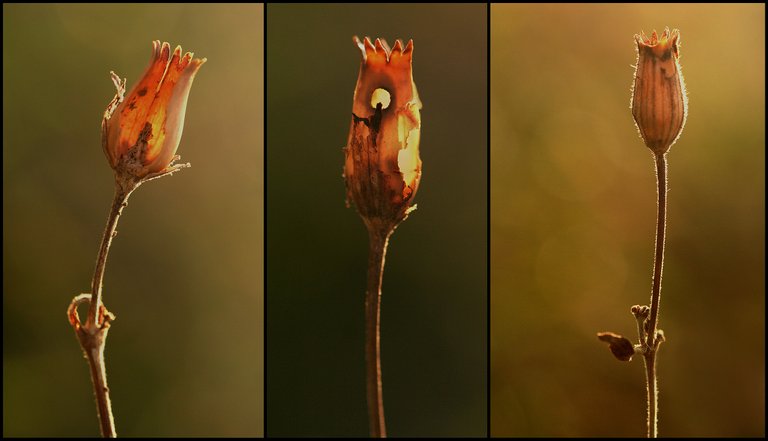





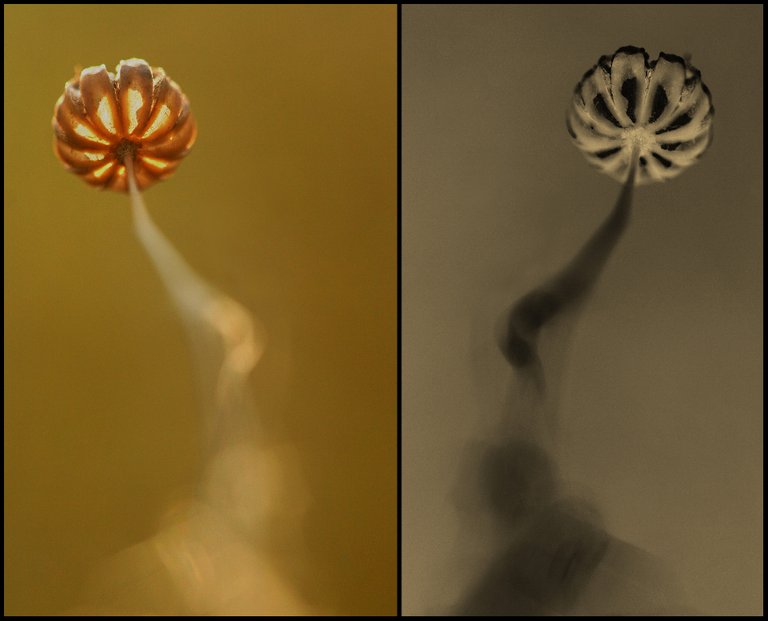



@tipu curate 🍓
Upvoted 👌 (Mana: 55/75) Liquid rewards.
Congratulations, your post has been upvoted by @dsc-r2cornell, which is the curating account for @R2cornell's Discord Community.
A visual delight in each photo @borjan friend, you are an artist!
!discovery shots
!VSC
!PIZZA
!BBH
@jlinaresp has sent VSC to @borjan
This post was rewarded with 0.1 VSC to support your work.
Join our photography communityVisual Shots
Check here to view or trade VSC Tokens
Be part of our Curation Trail
@jlinaresp ha enviado VSC a @borjan
Éste post fue recompensado con 0.1 VSC para apoyar tu trabajo.
Únete a nuestra comunidad de fotografía Visual Shots
Consulte aquí para ver o intercambiar VSC Tokens
Se parte de nuestro Trail de Curación
@borjan! Your Content Is Awesome so I just sent 1 $BBH (Bitcoin Backed Hive) to your account on behalf of @jlinaresp. (3/5)
This post was shared and voted inside the discord by the curators team of Discovery-it in collaboration with Visual Shots community.
Discovery-it is also a Witness, vote for us here
Delegate to us for passive income. Check our 80% fee-back Program
UPS!... repeated comment! ;)
!VSC
!PIZZA
@jlinaresp has sent VSC to @borjan
This post was rewarded with 0.1 VSC to support your work.
Join our photography communityVisual Shots
Check here to view or trade VSC Tokens
Be part of our Curation Trail
@jlinaresp ha enviado VSC a @borjan
Éste post fue recompensado con 0.1 VSC para apoyar tu trabajo.
Únete a nuestra comunidad de fotografía Visual Shots
Consulte aquí para ver o intercambiar VSC Tokens
Se parte de nuestro Trail de Curación
@jlinaresp has sent VSC to @borjan
This post was rewarded with 0.1 VSC to support your work.
Join our photography communityVisual Shots
Check here to view or trade VSC Tokens
Be part of our Curation Trail
@jlinaresp ha enviado VSC a @borjan
Éste post fue recompensado con 0.1 VSC para apoyar tu trabajo.
Únete a nuestra comunidad de fotografía Visual Shots
Consulte aquí para ver o intercambiar VSC Tokens
Se parte de nuestro Trail de Curación
😄😄😄
Beautiful as always brojan. You took those in 2008! Only digital storage can make this happen.
Otherwise in 15 years it would completely evaporated if it were stored in photographic film.😭😭
Thanks for sharing man. !LUV
Absolutely stunning Nature photos, such a delight to scroll through them all (especially the grasses and thistles). I love the way you use the sunlight to show greater detail, you certainly have an eye for something interesting! Well done! !LOLZ !PIZZA
They have a lighting that I love, very tender.😍🙏
Yes. 🙂 The morning light suits the intricate shapes of the plants very well.
I loved the leaves on the stems. The symmetry of the Chenopodium album leaf was lovely.
I like to photographed such natural creatures but can't do such a nice photography.
These very small creatures require a good macro lens.
Oh I have always thought that they just dry up and wither.
In some cases, they do just dry up and wither. It depends. Some of the leaves changing color happens when the plant isn't in such bad condition to wither or dry, it happens when there are some relatively minor problems. Here where I live it often happens ad example in early spring when the mornings are cold and then around noon, the sun gets strong. These sudden changes in temperatures make some herbaceous plants react that way. It also happens to the leaves that get covered by something and remain in the shade for too long. Stuff like that. Minor problems that the plant always overcomes.
Ohhhhh this makes so much sense now, thanks for taking the time to explain this to me😊
You have some awesome ideas mate. That morning light blissfully reaching the very plants which so thirstfully soak it up is beautiful.. not just the photos (which they are), but the very concept as a whole. Cheers buddy.
Wow very beautiful @borjan thanku for sharing with us.
The photos are artistically captured.
The view in the morning can't be beat all day at all because the morning is very peaceful and the view is more beautiful when the sun is rising. All flowers shared with us. They are very beautiful and it is very relaxing to see natural things.
Waw. This is amazing nature for flower sir. @borjan
The plants you show look very beautiful
These are really wonderful and beautiful pictures I must confess
It is nice to see another collection of old photos from you
The pictures are lovely!
@borjan Good job bro! I like your photography so much.
#hive #posh
beautiful flowers
$PIZZA slices delivered:
@fun.farms(1/5) tipped @borjan
jlinaresp tipped borjan (x2)
Congratulations @borjan! You have completed the following achievement on the Hive blockchain And have been rewarded with New badge(s)
You can view your badges on your board and compare yourself to others in the Ranking
If you no longer want to receive notifications, reply to this comment with the word
STOPCheck out our last posts: